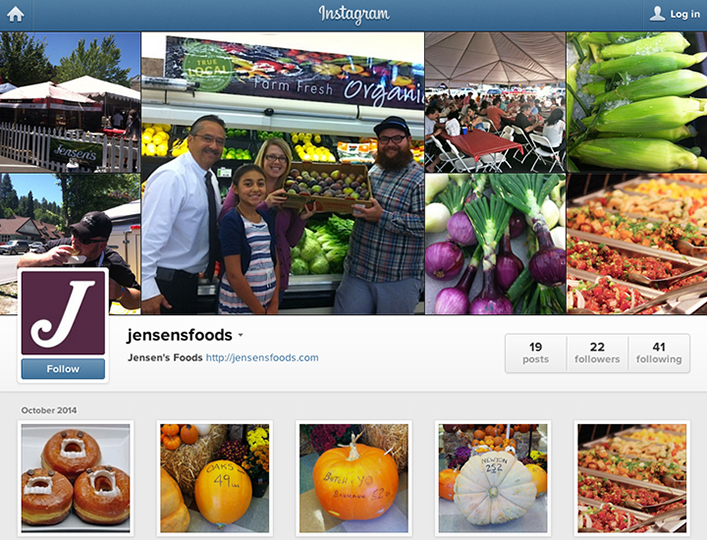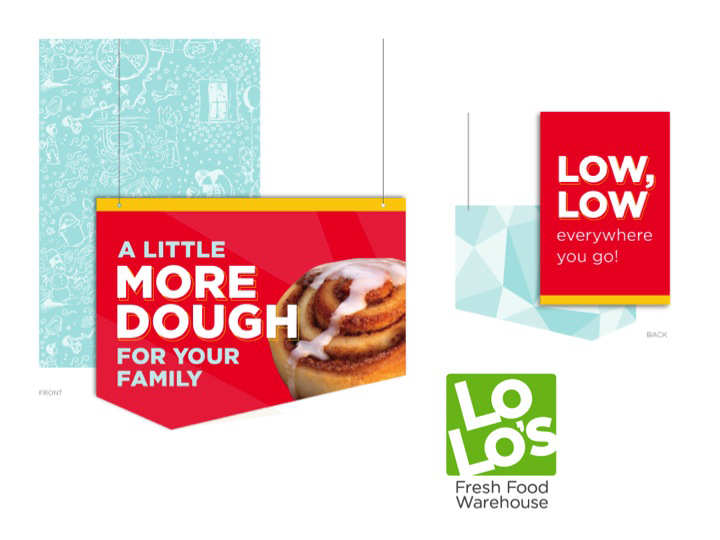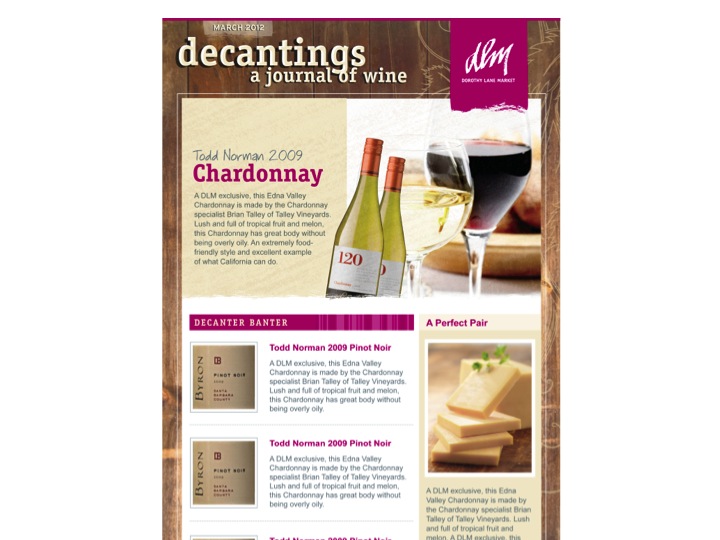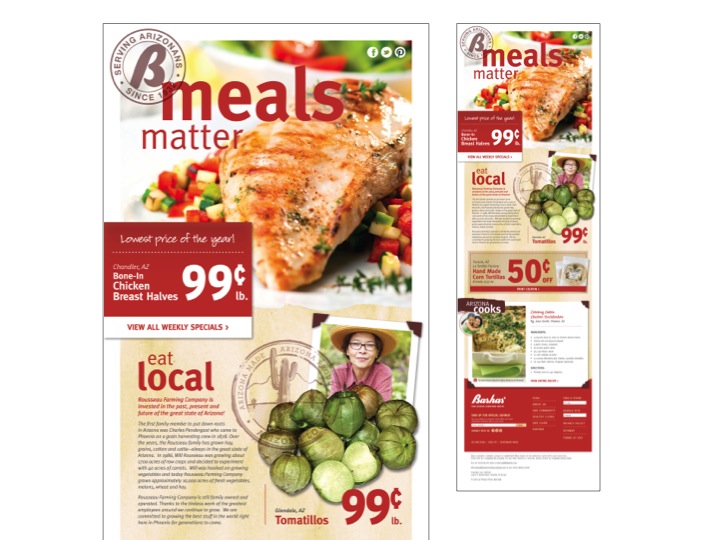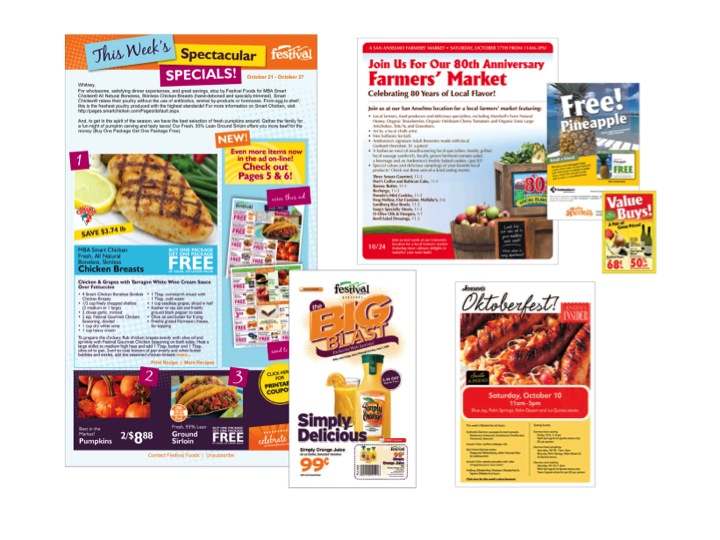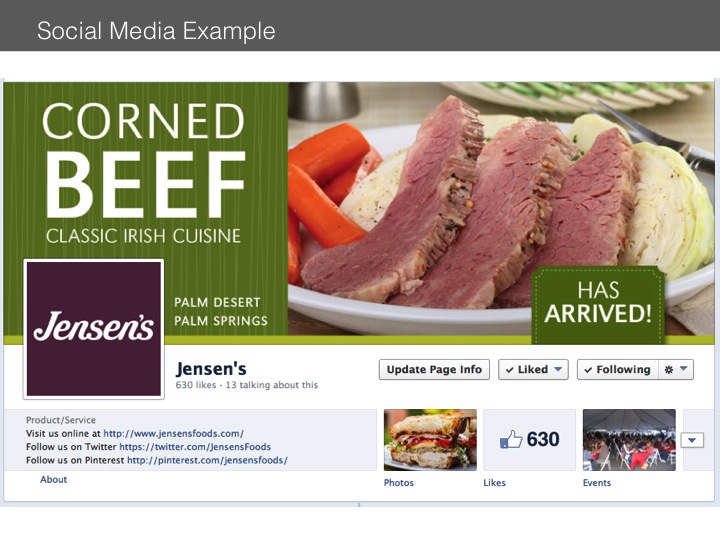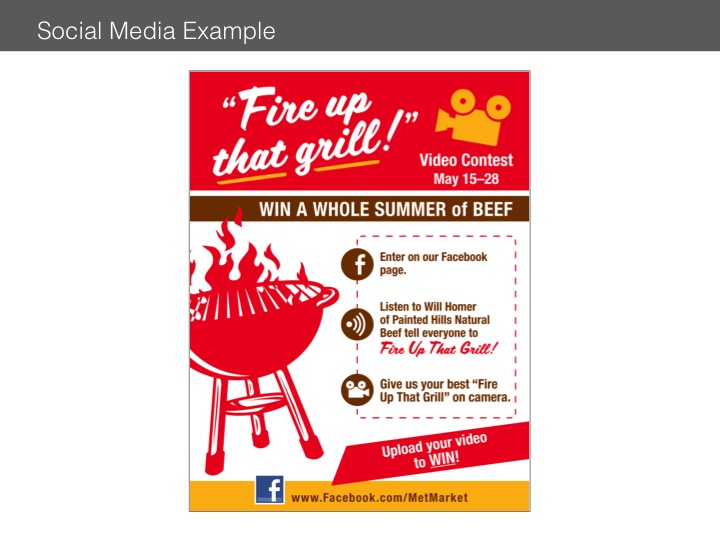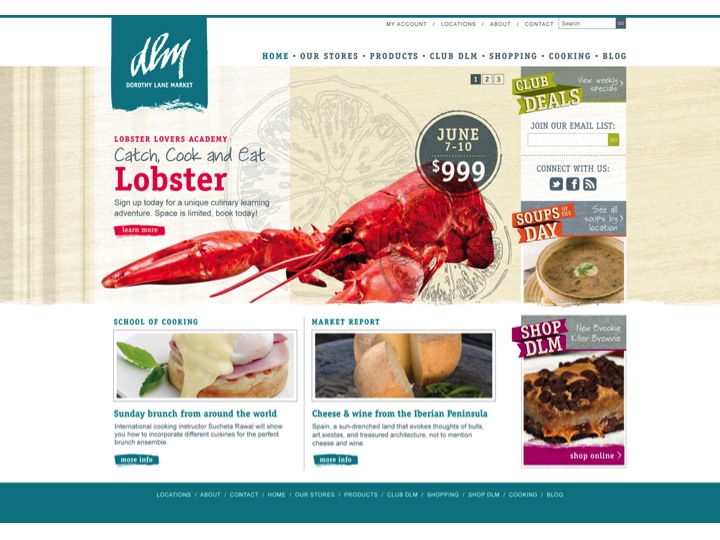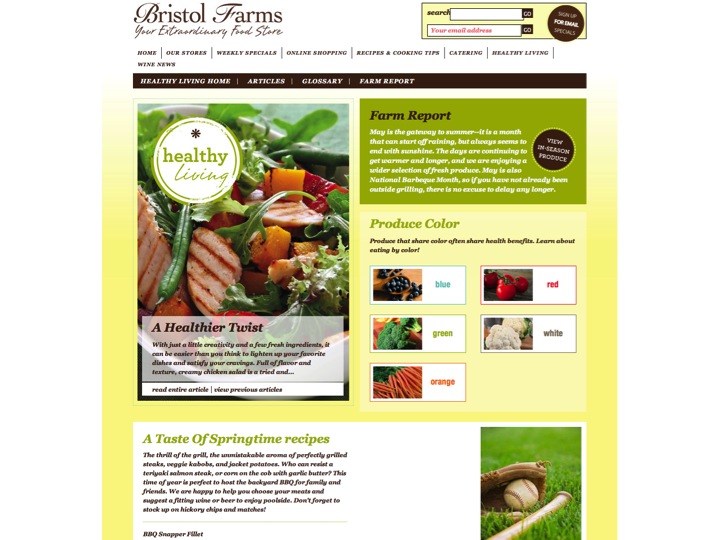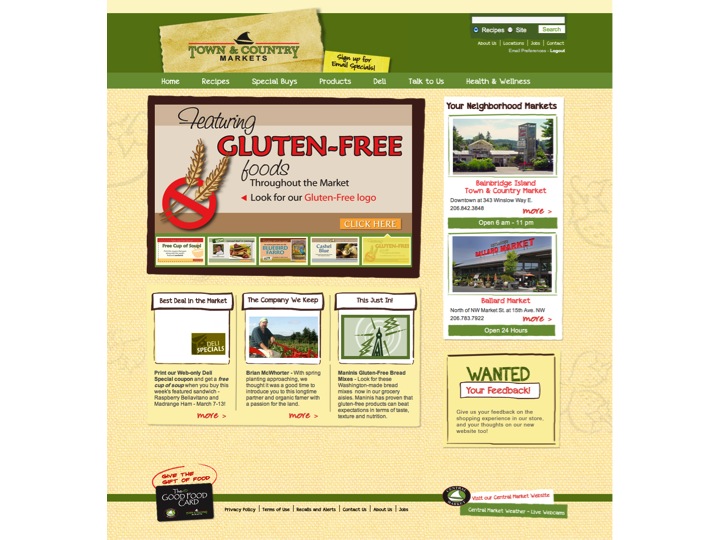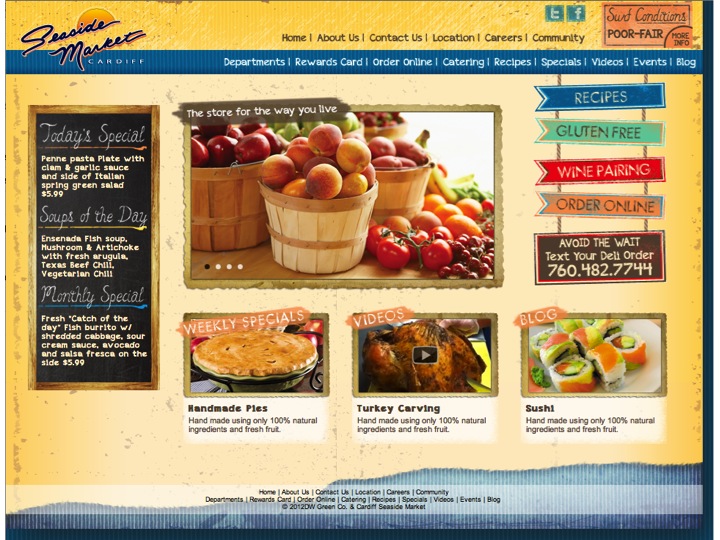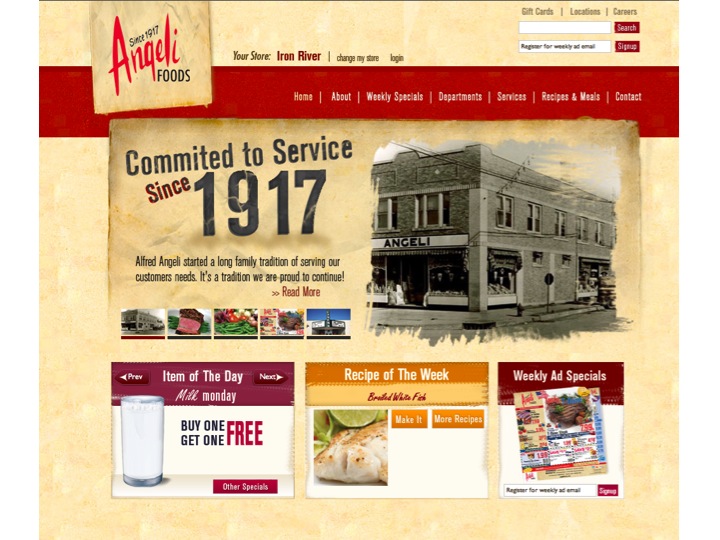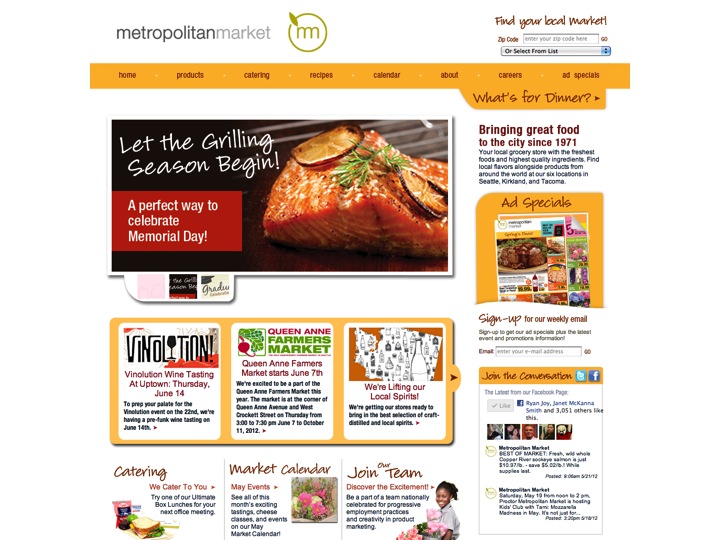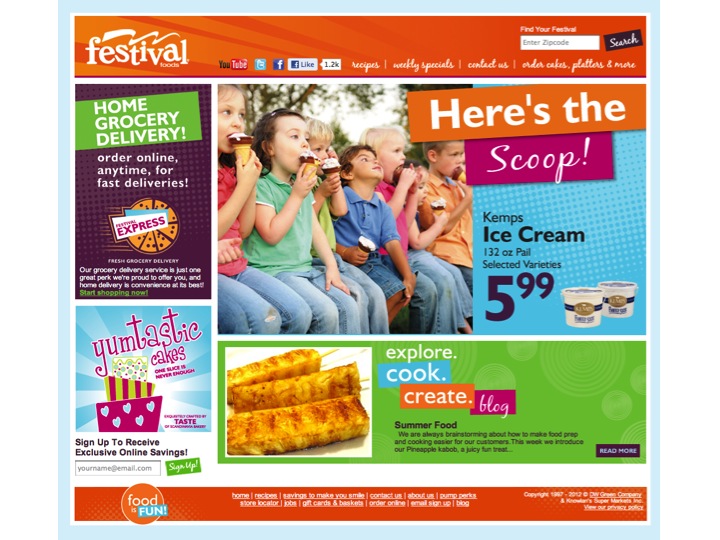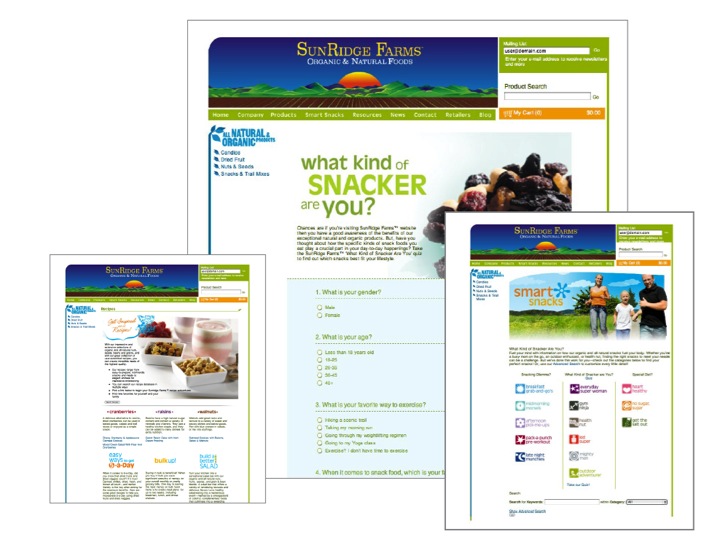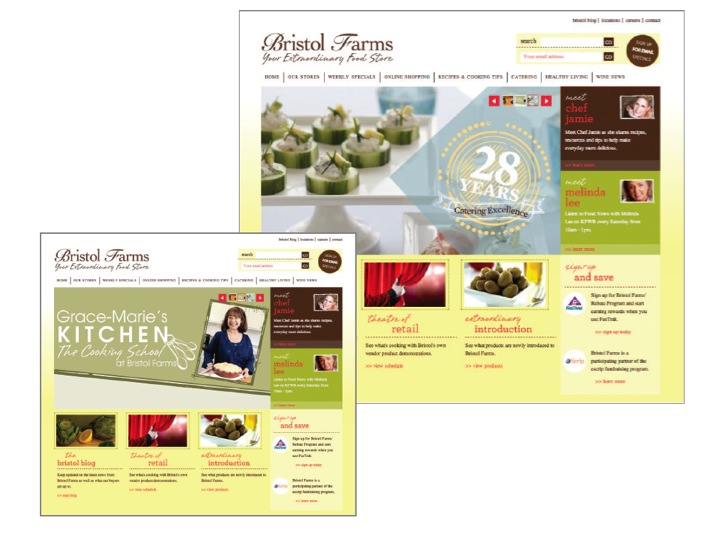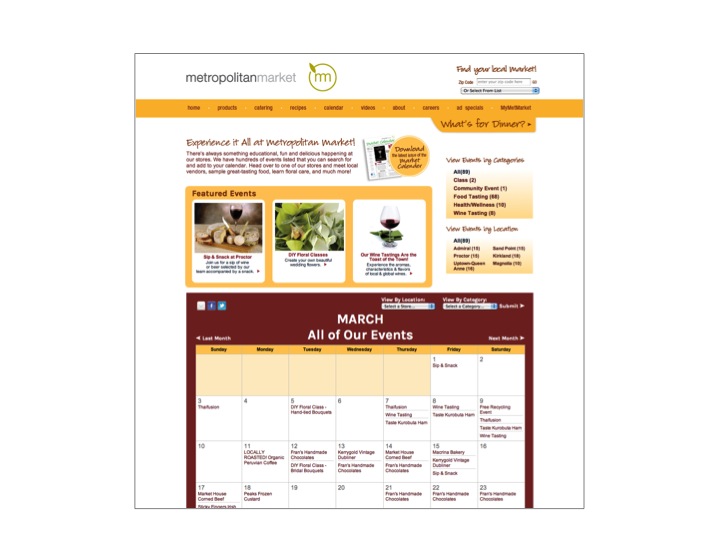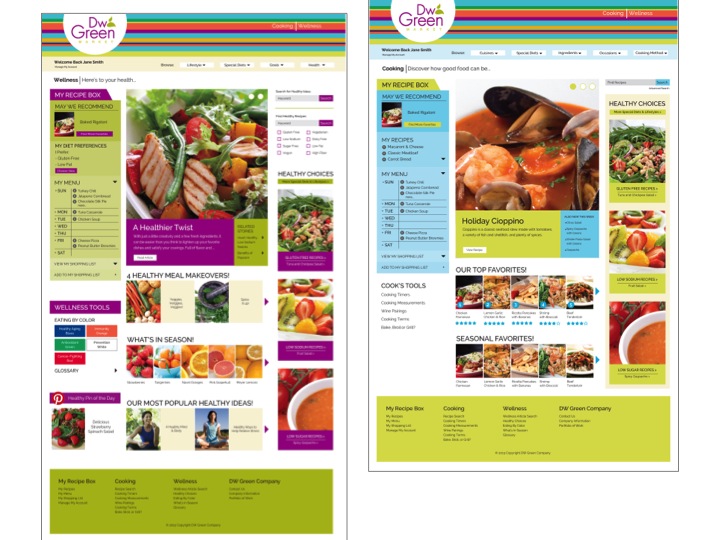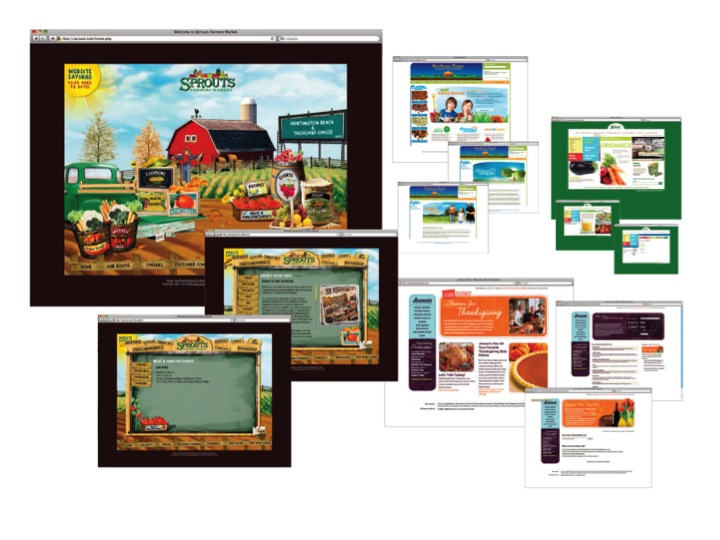DW's Blog
A Guide To Product Storytelling
Every product has a story to tell.
by DW Green — February 10, 2016
The following questions can assist buyers and marketing team with product storytelling by helping to identify the product stories—and selling points—that need to be communicated to your customers.
How was the product developed?
How did the idea for this product come about?
What happened and who was involved?
How is the product made today?
How did the product get its name?
Does this product have something special that competing products do not?
Other questions:
1. What methods are used to ensure freshness, quality or better tasting products?
- Does the producer use any special technique (ex. air-chilling chicken, cave-aging cheese, dry-aging beef) and why does this make it better?
- Is it made using a family recipe that has been passed down through generations?
- Is the product handmade or hand-selected? (In this day of mass-produced products, handmade and hand-selected products say that special care was given to the product.)
- Does it use natural, sustainable or environmentally friendly production methods? (Ex: Cage-free eggs, hormone and antibiotic free meat or organic produce grown without chemical pesticides or synthetic fertilizers.)
- Is it baked fresh, prepared in the store or made to order?
- How often is it delivered to your markets? (indicates freshness)
2. Where is the product from and why is that a benefit to the customer?
- Be specific if possible.
- Imported goods tell the customer that this is a specialty product.
- Locally produced goods can convey freshness and inspire community support (buying within our own communities to support the local economy).
3. Is this product something exclusive to your store, a signature item created for your store or something that is rare to find in the typical grocery store?
4. What varieties, flavors and sizes are available?
5. What are some preparation tips?
- What are some helpful tips on how to prep, cook and serve the product? Give a detailed description.
- Can it be grilled, steamed, broiled, fried or baked? How would you do this?
6. What are some menu tips?
- What foods, condiments or wines would compliment the product?
7. What are some ways that the product can be enjoyed?
- Can you use the product in a salad, a dip or a sandwich or can it be enjoyed as a quick and easy snack or a side dish? Get creative and give a detailed description. If you mention that it would be good in a salad, then mention a few other items to include in that salad, or a dressing, that would compliment the product.
- If you can describe how to make something using the product in a short sentence or two, then go ahead and include that too. Ex: “This savory smoked salmon is ready to serve or combine it with cream cheese and lemon to create a sensational spread.”
8. Is it convenient or quick and easy to prepare? Why?
9. What makes the product unique?
- Is it made from a rare or hard-to-come-by product, or only made in a certain area of the world? For example, “To create it’s unique nutty flavor, cheese makers only use raw milk from special Montbeliarde cows found in the Franche-Comte region on Europe.”
10. What are the health benefits?
- What vitamins and minerals does it contain?
- Does it contain antioxidants?
- Is it low in fat or saturated fat?
- Does it contain good Omega 3 fatty acids?
- Does it contain whole grains?
- Is it low in sugar?
- Is it made with all natural or organic ingredients?
11. What is the heritage or history of the product?
- Is it a family run business?
- How many years have they been producing this product?
- Any interesting stories on why or how the company or product was developed?
12. What are some storage tips? (especially for produce, meat and seafood)
- What will help keep the product fresh?
- How long can it be stored?
- Can it be frozen?
13. What is the flavor and texture?
- Ex: Savory, sweet, sour, tangy, nutty, rich, creamy, smooth, velvety, buttery, spicy, fiery, zesty
- What gives the product these flavors and textures?
- Name some of the specific ingredients that give the product its distinct flavor, texture or quality.
- What are some of the spices used?
Next Steps:
– Be on the lookout for storytelling opportunities. When deciding between two
products, consider asking yourself:
“Which of these products has a more interesting story to tell?”
“Which product story reinforces the unique attributes, values, and
personality traits of our brand?”
“Which one would I personally want to tell a story about?”
– Take a look at the product stories you’re currently telling. In addition to
providing basic information, do they clearly answer the two
important questions your customers are asking: “What are the benefits?” and
“Why should I care?”
– For any new products, signature items or specialty products, take the time to
answer the questions provided. In doing this, you’ll find the materials you need
to tell authentic and compelling product stories.
Filed Under: DW's Blog






